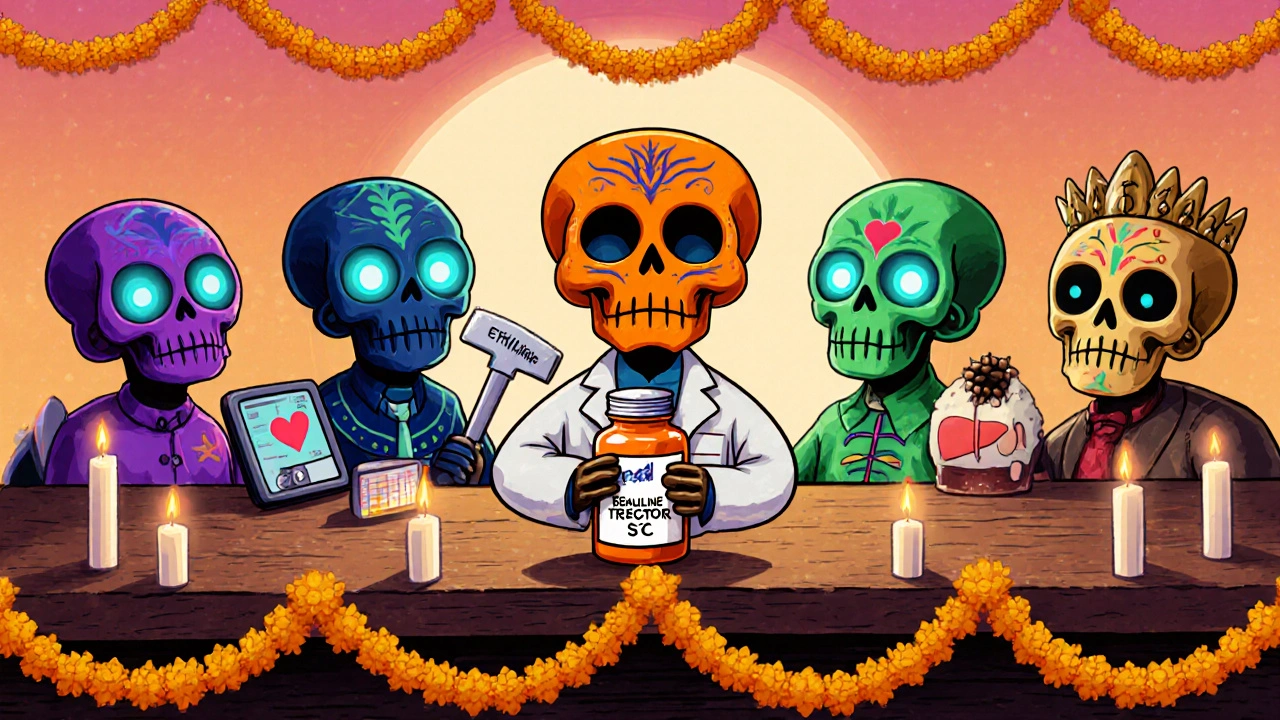Tuberculosis Medication: Treatments, Alternatives, and What Works Best
When you're dealing with tuberculosis medication, a set of drugs designed to kill Mycobacterium tuberculosis bacteria over weeks or months. Also known as anti-TB drugs, these aren't like regular antibiotics—they need long, strict schedules to stop the infection from coming back or turning drug-resistant. Many people don’t realize that TB treatment isn’t one pill. It’s usually four drugs taken together at first: isoniazid, rifampin, ethambutol, and pyrazinamide. Skip even one dose, and the bacteria can learn to fight back. That’s why drug-resistant TB is rising—and why sticking to the full course matters more than you think.
Some patients struggle with side effects that aren’t talked about enough. Liver damage from isoniazid, vision changes from ethambutol, nausea from pyrazinamide—these aren’t rare. They’re common enough that doctors monitor blood work and symptoms closely. And if standard drugs fail, you might need second-line meds like fluoroquinolones or injectables like amikacin. These are harsher, more expensive, and take up to two years. There’s no shortcut. But knowing what’s in your treatment plan helps you ask the right questions and spot warning signs early.
What’s missing from most TB guides is how other health issues interact with these drugs. If you have kidney problems, liver disease, or are on HIV meds, your TB treatment changes. Some drugs lower the effect of antivirals. Others pile up in your system if your kidneys aren’t filtering right. It’s not just about killing bacteria—it’s about balancing your whole body. That’s why the posts below cover real-world cases: how people managed nausea while on TB meds, what alternatives exist when first-line drugs fail, and how to tell if your symptoms are the disease or the medicine.
You’ll find comparisons between generic and brand-name TB drugs, tips for sticking to a 6-month schedule, and warnings about dangerous interactions with common painkillers or supplements. No fluff. Just what you need to know to stay safe, avoid resistance, and get through treatment without losing your health in the process.

Ethionamide (Trecator SC) vs Top TB Drug Alternatives - 2025 Guide
A detailed 2025 guide comparing Ethionamide (Trecator SC) with top TB drug alternatives, covering mechanisms, side effects, costs, and practical switching tips.